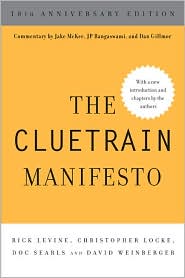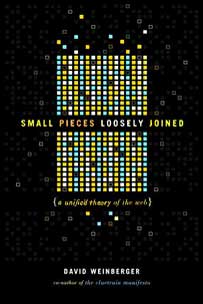November 15, 2021
Dust Rising: Machine learning and the ontology of the real
Aeon.co has posted an article I worked on for a couple of years. It’s only 2,200 words, but they were hard words to find because the ideas were, and are, hard for me. I have little sense of whether I got either the words or the ideas right.
The article argues, roughly, that the sorts of generalizations that machine learning models embody are very different from the sort of generalizations the West has taken as the truths that matter. ML’s generalizations often are tied to far more specific configurations of data and thus are often not understandable by us, and often cannot be applied to particular cases except by running the ML model.
This may be leading us to locate the really real not in the eternal (as the West has traditional done) but at least as much in the fleeting patterns of dust that result from everything affecting everything else all the time and everywhere.
Three notes:
- Nigel Warburton, the philosophy editor at Aeon, was very helpful, as was Timo Hannay in talking through the ideas, and at about a dozen other people who read drafts. None of them agreed entirely with the article.
2. Aeon for some reason deleted a crucial footnote that said that my views do not necessarily represent the views of Google, while keeping the fact that I am a part time, temporary writer-in-residence there. To be clear: My reviews do not necessarily represent Google’s.
3. My original first title for it was “Dust Rising”, but then it became “Trains, Car Wrecks, and Machine Learning’s Ontology” which i still like although I admit it that “ontology” may not be as big a draw as I think it is.








